

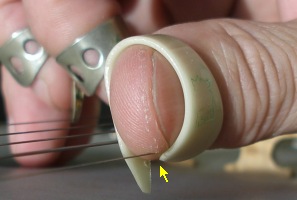
"The problem is pretty common" says Pete Wernick. I would add, especially when one tries to play extra loud, playing banjo solo. The worst moment for such fault!

I glued a piece of plastic on the tip of the pick (green one in the picture), which should bounce a string up. But this part must not touch the other end wrapped around the thumb, even in case of heaviest stroke to the string. When attacking the string, the pick tightens around the thumb and does not move from its place. If the part on the tip touched the wrapped end, the whole pick would loose. That is why the gap cannot be simply closed by rigid joint.
Using only the green part, it would be still possible to get a string behind the wrapped end of the pick. To make it completely impossible, I used another part (the blue one in the picture). Now the gap is covered, but both ends can freely move against each other.
To minimize dimensions of both parts, I used also a groove in the wrapped end. If I was precise and handy enough, maybe the groove was sufficient and (the blue one) part was not necessary. But I used it, as a precaution.
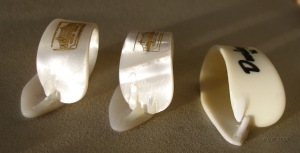 |
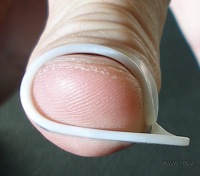 |
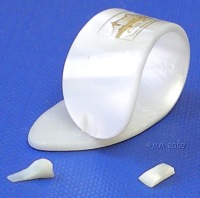 |
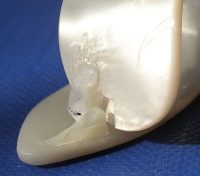 |
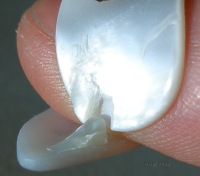 |
Used tools? Nothing special:
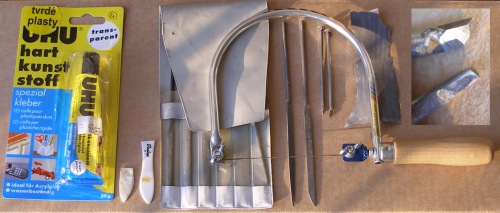
Those small chisels are made from ordinary nails, where piece of hard steel from maped cutter is soldered to the nail and grinded together.
All comments are welcome at mweb09 cesnet
cesnet cz .
Including language corrections :-) .
cz .
Including language corrections :-) .